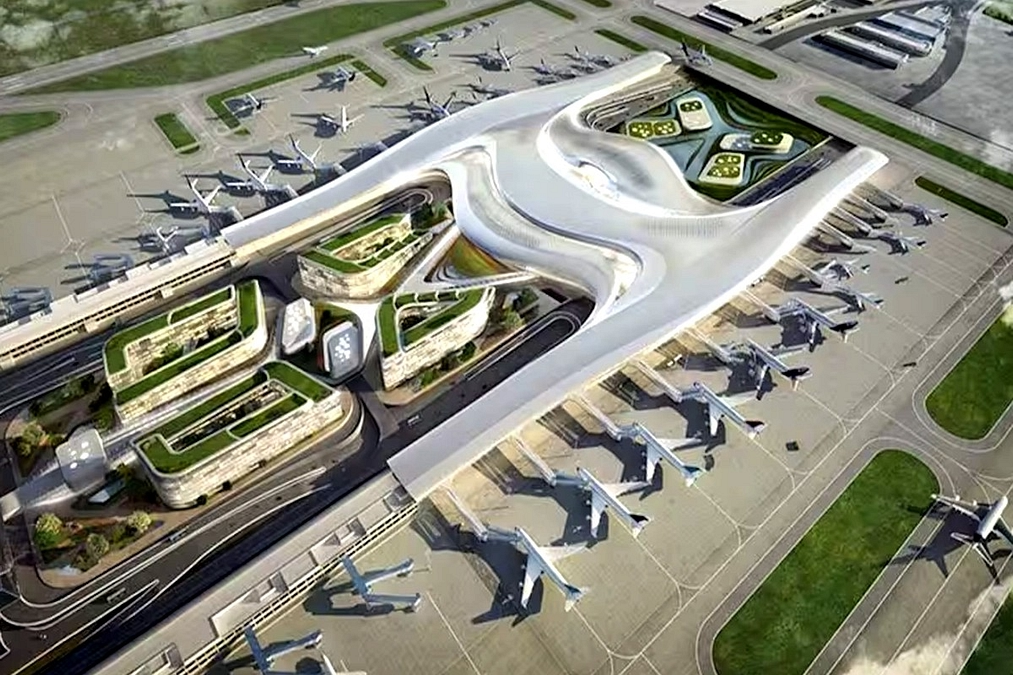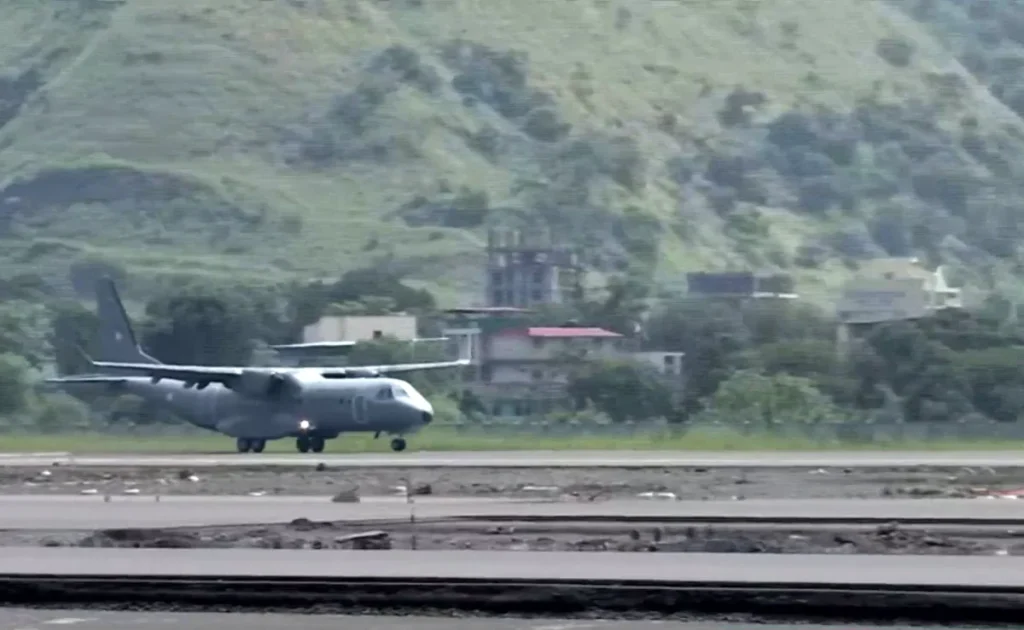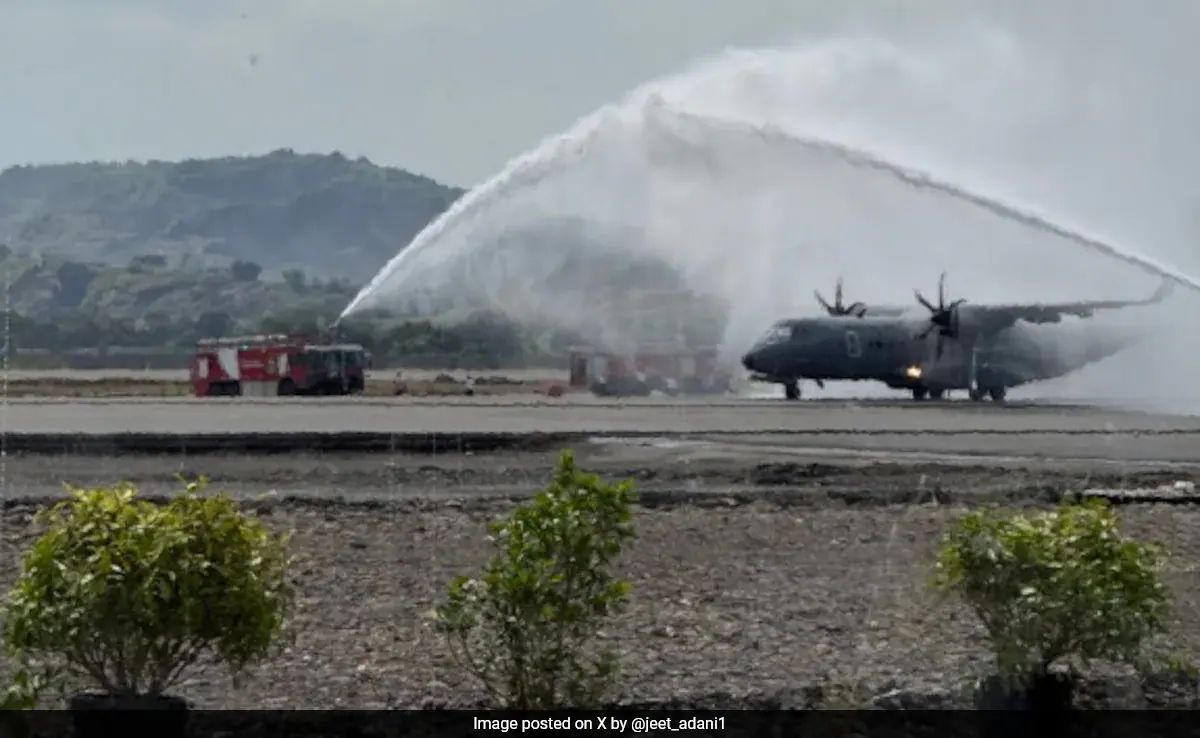The Highlights:
It was in fact on October 11, 2024 that a major test landing of an Indian Air Force C-295 aircraft took place. The trial is viewed as the final step toward making Navi Mumbai International Airport ready for commercial operations in 2025. Considering the landing mark of the test before commercial operations start would be an indicator of the very advanced infrastructure of the airport and, further still, might be said to potentially become a major hub in India’s aviation network.
Navi Mumbai International Airport
The airport has been under development for several years and faces difficulties in land acquisition, environmental clearances, and disruption due to the pandemic. NMIA was conceptualized initially as a reliever airport to decongest CSMIA in Mumbai, where passenger capacity is going to meet 90 million annually. It will be strategically placed in Navi Mumbai so that the government can provide a smooth ride for the passengers on the increase in the fast-growing regions of Navi Mumbai, Thane, and Raigad.

The successful trial landing is perceived as a positive indicator of the project’s progress. The C-295, a tactical transport aircraft of the IAF, landed with great smoothness on the runway, indicating that all the airstrip and support infrastructure at the airport are set to accommodate large aircraft. Such an achievement has been well welcomed by the stake-holders who include the state government of Maharashtra and the Adani Group, which is leading the development at the airport through the public-private partnership.
Significance of Trial Landing: Implication for Operation Outcome
The trial landing of C-295 aircraft means much more than an exercise in safety and technical certification; it is indeed a landmark on the road to operational preparedness. Critical trials are essential to ascertain that the runways, taxiways, and major facilities are at grade and meet all requirements for safe and efficient operation under commercial conditions.

It will be proof for the aviation experts that the design of the airport and its capabilities will work as planned. The airport will be one giant leap to the validation needed from the key regulatory bodies such as the DGCA towards operating permissions. Completion of the remaining construction work that includes passenger terminals and cargo handling facilities will ensure that the airport operates as expected in 2025.
Improving Connectivity and Boosting the Economy
Once operational, the Navi Mumbai International Airport will transform the connectivity region’s face. It will ease the pressure substantially on CSMIA, which has been operating at nearly-full capacity for a long time. A new airport will alleviate congestion and create a direct gateway for international flights to the area, thus fostering economic growth and tourism in the region.
This airport is located near the main industrial corridors and Jawaharlal Nehru Port Trust, making it a prime node for cargo operations that enhance the economic impact. Analysts have predicted that this airport will bring investment in the sectors surrounding it, such as hospitality, logistics, and real estate; therefore, it may create thousands of jobs and help the region grow.
Local Community and Environmental Considerations
The Navi Mumbai International Airport development has not been easy and is under intense scrutiny for the environment and loss of property by local communities. Originally, this project site was occupied by mangroves and wetlands-the two essential ecosystems for this region. The developers of the project have therefore taken up several environmental measures to redress these concerns, such as compensatory mangrove plantation and minimum ecological impact.
This aspect apart, resettlement of the local villagers remains another additional feature of the project of an airport that the state authorities have been keenly observing under fair compensation and rehabilitation. Though opposition seems to still linger around, the completion of the test landing has given much focus towards the overall benefits that the airport promises to bring along for connecting the region towards better connectivity and economic opportunities.
Stakeholder Reactions and Future Prospects
Different stakeholders have hailed the successful trial landing at Navi Mumbai International Airport. “It is certainly a matter of great pride and achievement for the state which has been focusing on better infrastructure and economic growth,” said Maharashtra Chief Minister Eknath Shinde. “Navi Mumbai International Airport represents a significant milestone in our efforts to deliver a world-class airport, and we are proud of this moment,” said the Adani Group.
To get all facilities in place, completion of any remaining construction work is the frontline objectives for the coming period. Developers of the construction of this airport are confident that, pending the deadline by 2025, the first commercial flight would take off in mid-year .
Conclusion: A Step Closer to Enhanced Aviation Infrastructure
The state may be one step closer to a project that will remake the aviation landscape of western India as a successful trial landing was conducted at the Navi Mumbai International Airport. The new year has also been welcomed, when 2025 is supposed to usher in the officially opening of the doors to the airport to its first flyers.
NMIA will handle more than millions of passengers every year and facilitate strong cargo operations, thereby casting a solid foothold for it to remain a prominent player in India’s aviation sector. Travellers, businesses, and other stakeholders would look at the readiness of an airport, looking forward to the positive takeoffs of improved connectivity and regional growth.
For Latest News Updates Click Here
